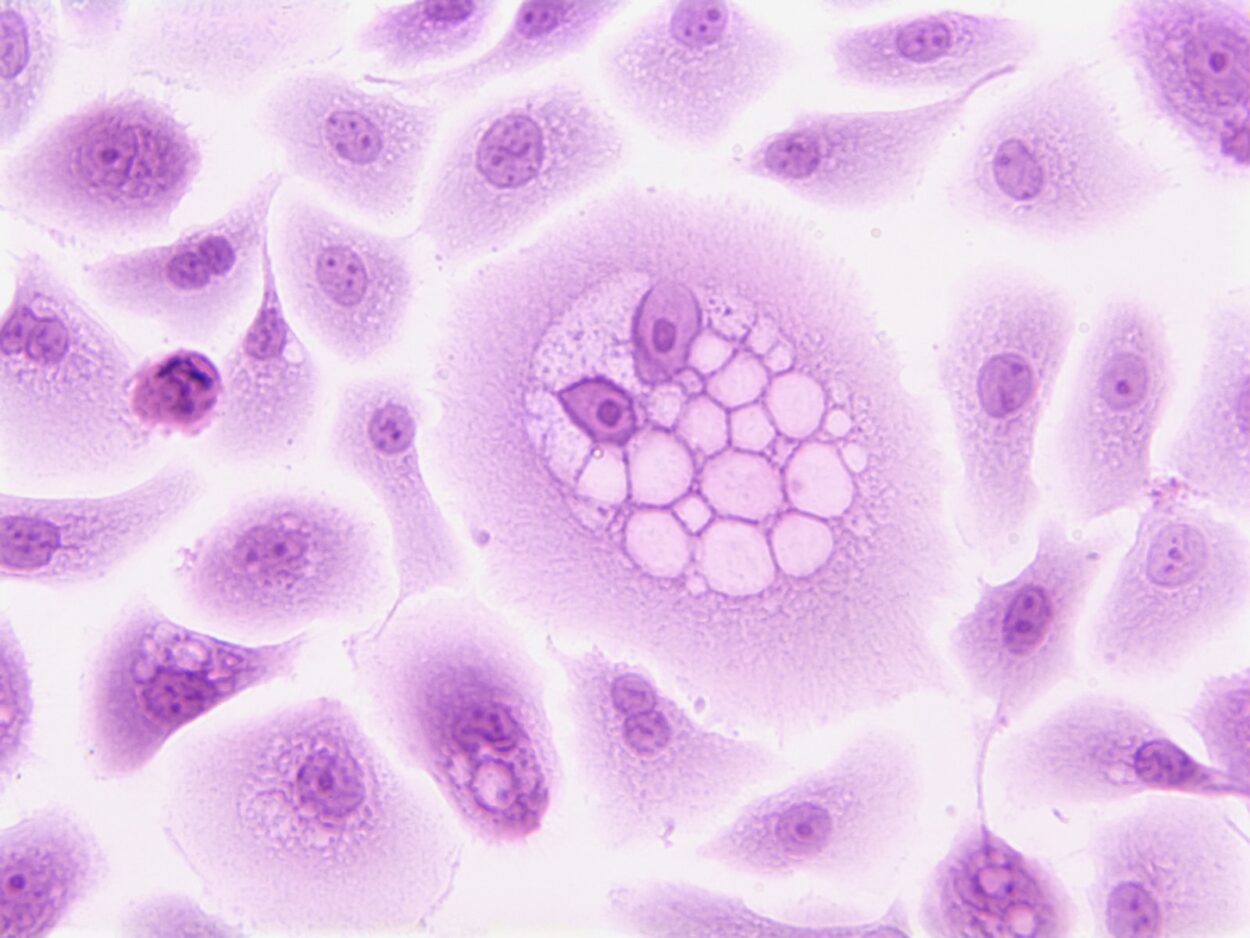Most cells in the body have two sets of 23 pairs of chromosomes. However, egg and sperm cells only have one set each. This is because sex cells are produced through a special type of cell division called meiosis.
In meiosis, the matching chromosomes of sperm and egg cells swap chunks of DNA with each other. This creates new genes, which control different physical characteristics – These data are a result of the service editorial team’s work hotsexyandbigtits.com.
23 chromosomes in an egg cell
Each of the cells in your body contains 23 pairs of chromosomes. These chromosomes contain the genetic information that determines your physical and mental characteristics. The number of chromosomes in a cell varies by species and cell type. In most cells, the chromosomes are tightly packed together. However, in egg cells and sperm, the chromosomes are more loosely packed. This allows the chromosomes to be easily separated and matched with a partner’s chromosomes during meiosis, which is the process of cell division that creates sperm and eggs.
In the head of most animal sperm, closely apposed to the anterior end of the nuclear envelope is a specialized secretory vesicle called the acrosome (see longitudinal section in Figure 20-25). This vesicle contains hydrolytic enzymes that may help sperm penetrate an egg’s outer coat. In addition, it may also contain specific proteins that help bind the sperm to an egg.
The human egg cell is a haploid cell that contains 23 chromosomes. This is because sex cells, which are the ova in a woman and the sperm in a man, are reduced from diploid to haploid through meiotic cell divisions. When fertilization occurs, the embryo receives 23 chromosomes from the paternal sperm and 23 chromosomes from the maternal ova. These chromosomes are then fused to form a diploid embryo with 46 chromosomes, 23 from each parent.
23 chromosomes in a sperm cell
In human beings, the ova (egg cells) in females and spermatozoa in males contain 23 chromosome pairs. The chromosomes of sperm and egg cells are fused together in the fertilized state to create a new organism, called a zygote. Most cells in the body are diploid, which means that they have two complete sets of chromosomes. But egg and sperm cells are haploid.
The process by which sperm and egg cells are created is called meiosis. It is a special type of cell division that reduces the number of chromosomes by half. This ensures that when sperm and egg cells combine, they will have the same number of chromosomes, which is 46.
During meiosis, sperm cells (also known as spermatocytes) develop into secondary spermatocytes. These secondary spermatocytes have 23 chromosomes and are then recursively fused with egg cells during fertilization to form the zygote. The resulting zygote is an embryo, which will eventually become the mother or father of the baby.
A team of scientists from the University of California at Davis has discovered how sperm and eggs get their exact number of 23 chromosomes each. Their research could help explain fertility, spontaneous miscarriages, and a variety of disorders, including Down syndrome. The researchers used a technique called high-throughput DNA sequencing to study the structure of the chromatin fibres that make up the 23 chromosomes inside sperm cells. They found that sperm chromosomes are packed in tightly folded structures known as chromatin toroids. These toroids consist of a complex network of DNA particles that are highly condensed into a donut-shaped structure.
46 chromosomes in a zygote
Each cell in your body contains 23 pairs of chromosomes (46 total chromosomes). These are the tiny, living building blocks that contain important genes. Without these genes, cells can’t function properly and will die. Most cells have the same number of chromosomes, but some cells have different numbers. These cells are called haploid cells.
When a male gamete (sperm) and female gamete (egg) fuse together, they form a zygote. The zygote has 46 chromosomes, 23 from the mother and 23 from the father. These chromosomes contain all the instructions for how to grow and develop into a healthy baby.
Before a cell divides to make two new cells, it copies its 23 pairs of chromosomes. The copies are identical, but they’re connected to each other by their middles (called centromeres). These sister chromatids remain separated until the cell is ready to divide. Then the copied chromosomes are pulled apart at their centromeres and separated into different cells. Each new cell gets one copy of each chromosome. This process is called mitosis.
When sperm cells enter the egg cell in a woman, they each have 23 chromosomes. This makes it very easy for a single sperm to penetrate an egg cell. Each egg cell then receives an X and a Y chromosome from the sperm. The X comes from the mother’s egg, and the Y comes from the father’s sperm. The resulting cell will grow into a boy or a girl.
46 chromosomes in a baby
Chromosomes are long, threadlike structures in the nucleus of a cell that contain genetic information. The information is encoded in a chemical known as deoxyribonucleic acid (DNA). DNA contains sequences of nucleotide base pairs (adenine (A), guanine (G), and cytosine (C)) that make up genes. These genes control or partially control a variety of visible characteristics, such as eye color and hair color. Each chromosome contains different variations of a gene, called alleles.
Egg and sperm cells are haploid, meaning they have 23 chromosomes each. When a sperm cell fertilizes an egg cell, they create a diploid cell with 46 chromosomes, called a zygote. The zygote contains 23 chromosomes from the mother and 23 from the father.
The sex of the baby is determined at the moment of fertilization. Only two of the 46 chromosomes in the initial cell play a role. One chromosome from the egg and one from the sperm determines whether the child will be a girl or a boy. These chromosomes are known as the sex chromosomes.
Researchers have discovered a mechanism that helps egg and sperm develop exactly 23 chromosomes. Their research could help explain fertility issues and miscarriages, and it may also reveal the causes of disorders such as Down’s syndrome. They found that a protein called Cdc25A regulates the number of copies of each chromosome in a cell. This discovery provides a new tool for scientists to study how genes and chromosomes affect human health and disease.




Leave a Comment